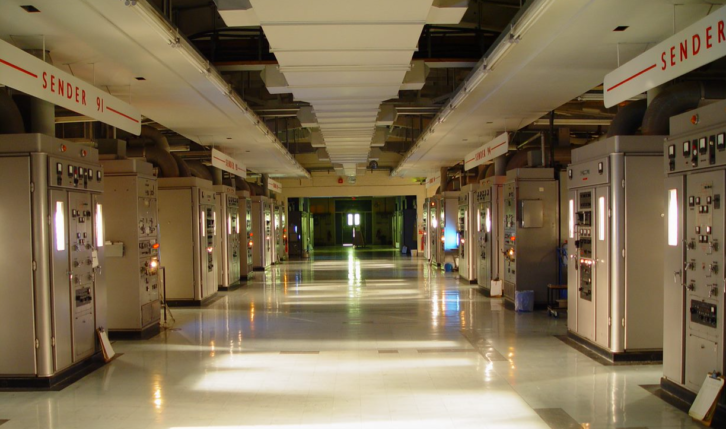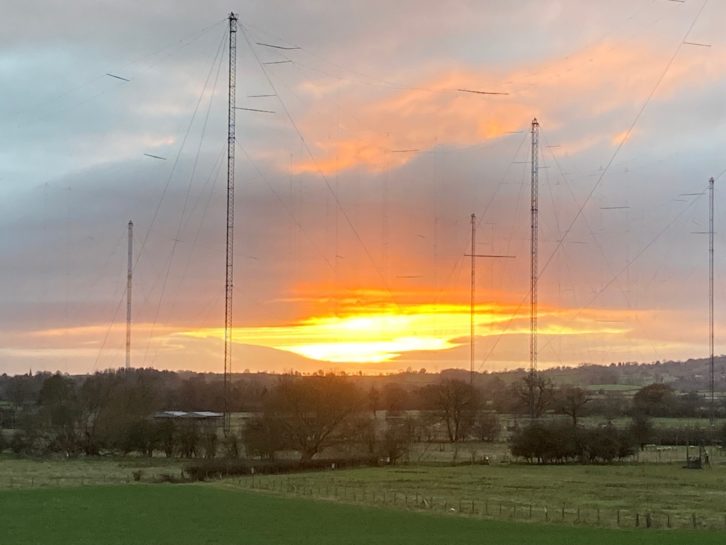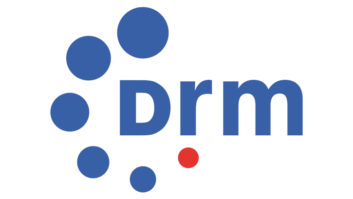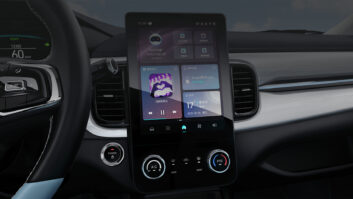The author is sales and business development manager for Ampegon Power Electronics AG. This guest commentary is part of a series by or about Digital Radio Mondiale.
Paul Firth, Commercial Director, Radio for Encompass Digital Media, has a major headache: recently OFGEM, the UK government regulator for the country’s privatized gas and electricity markets, authorized energy companies to lift their maximum price caps. This aims to stave off a predicted wave of bankruptcies among such companies as the European energy crisis bites at the end of winter. At time of writing, twenty-nine such companies have already gone bust trying to bridge the gap between their costs and the maximum amount they are permitted to charge by OFGEM.
This means that, from 1st April 2022, energy prices in the UK could jump by up to 100% overnight. While consumers with fixed price contracts will remain protected until the end of their term, contracts will certainly not be renewed at current prices.
This presents a significant headache for Encompass Digital Media, which operates the shortwave broadcasting station at Woofferton, Herefordshire, in the rolling countryside of western England. The station broadcasts the BBC World Service along with a host of other content from international broadcasters.
Paul Firth explains: “We are currently in negotiations with our energy supplier to agree on terms for electricity over the coming years. We run nine 250kW shortwave transmitters, one 500kW, and ancillary equipment, such as cooling, at Woofferton. The transmitters alone use about 14 million kWh each year broadcasting content for our customers, and our energy costs account for a significant chunk of our operating costs: millions of pounds annually. Our supplier has indicated that our tariff will increase by 82%, which is astonishing. These energy costs immediately destroy our profitability and will force us to rethink our entire operating model.”

Paul’s problems do not stop there: he faces similar problems overseas. Encompass Digital Media operates a further four transmitter stations of similar power: in Singapore, Oman, Cyprus and on Ascension Island. In today’s globalized marketplace, wholesale energy price fluctuations are felt everywhere: it is assumed that almost every broadcaster in the world will soon be looking at their rising energy bills with concern.
How does Paul see the future? “Well, it’s becoming increasingly urgent that we move to more efficient means of broadcasting. Most of our energy costs are associated with our transmitters, so we’re going to have to modernize and find a way of becoming more efficient: we will need to reduce energy and heat loss, reduce our output power, and embrace new broadcasting technologies such as DRM.”
The Digital Radio Mondiale (DRM) consortium launched an online energy efficiency tool in 2021, which is freely available. The tool estimates how much energy transmitters need for analog broadcasting and compares this to the energy requirements for DRM broadcasts. Any efficiency loss is more than compensated for by the reduced power needed for DRM transmissions. In-built digital error correction means that a lower signal-to-noise ratio is required for crystal clear reception in digital, and in turn this also means that transmitters can be run at reduced power. In DRM shortwave and medium wave bands, there is no need for an analog AM carrier – which accounts for up to 66% of the energy requirement and contains no data. That is why significant energy and cost savings are expected in DRM for all but the smallest broadcasters.
Guido Leisker, based at Germany’s Fraunhofer IIS Institute, one of the key DRM consortium members, met with Paul to examine the savings possible if Encompass Digital Media upgraded their transmitters to DRM. Using the online tool, Guido could quickly input details about Encompass’s Woofferton transmitters, their energy price, and some operational parameters.

Within minutes, the tool delivered its verdict: potentially, on his current energy contract Paul could expect to save some 6’500’000 kWh (or 44.6% of the energy) annually. The savings: almost £750,000 (/$1.01M) each and every year.
Paul reacted with astonishment: “That’s incredible. I know that our transmitters are power-hungry but seeing it in print really hammers home the point. And this is just the transmitters at one site: our total running costs would come down by millions of pounds if we upgraded our entire network.” But there was a further surprise: these calculations used Encompass’s previous energy rates.
[Read More Guest Commentaries Here]
Guido then entered the new energy price into the tool, 82% higher by now, and the potential savings jumped: “£1.3M [/$1.75M]? That is astonishing. To see the actual savings, we could generate year on year is a powerful demonstration of the impact DRM can have. That is a significant proportion of our annual operating budget,” exclaimed Paul. “If energy costs are forecast to rise continually over the next decade, the future of broadcasting is clear: whoever’s most efficient will be the most competitive.”
However, Paul sees an issue: too few affordable DRM receivers available for listeners to buy.
Guido addressed this point: “The DRM consortium has stakeholders involved in establishing supply chains to provide DRM receivers in large numbers into global markets. Manufacturers in India, China, Korea, and Switzerland are simply waiting for orders. Chipset suppliers are ready. The technology is ready. The car industry is already reacting in markets with DRM broadcasts, with over 4.5 million vehicles in India already equipped with DRM radio receivers.”
The big question comes: how much does a DRM receiver cost?
Guido answers: “The question will always come back: how many do you need? If you buy ten units, they are expensive as production relies upon costly small-batch production techniques. If you order tens of thousands of units, enough for significant penetrations of a country’s market, they can be mass-manufactured at a very low price.”
Indeed, recently Cambridge Consultants/CML of the UK announced that they now have a fully functional DRM chipset offering all the benefits of DRM for as little as $8 if bought in sufficient quantities.
This is all music to Paul’s ears: “If this technology allows us to save millions of pounds of operating costs and millions of kilowatt hours of energy every year, our broadcasts will become cheaper and greener. If the only missing piece is somebody ordering enough receivers for people to buy, we should start thinking about upgrading our infrastructure tomorrow.”
Any broadcaster can access the DRM energy efficiency calculation tool, free of charge, simply by contacting the DRM consortium accessing. This allows confidential, broadcaster-specific analysis for FM, MW or SW transmitter networks, calculating savings potential simply by switching to DRM.
Radio World invites industry-oriented commentaries and responses. Send to Radio World.






